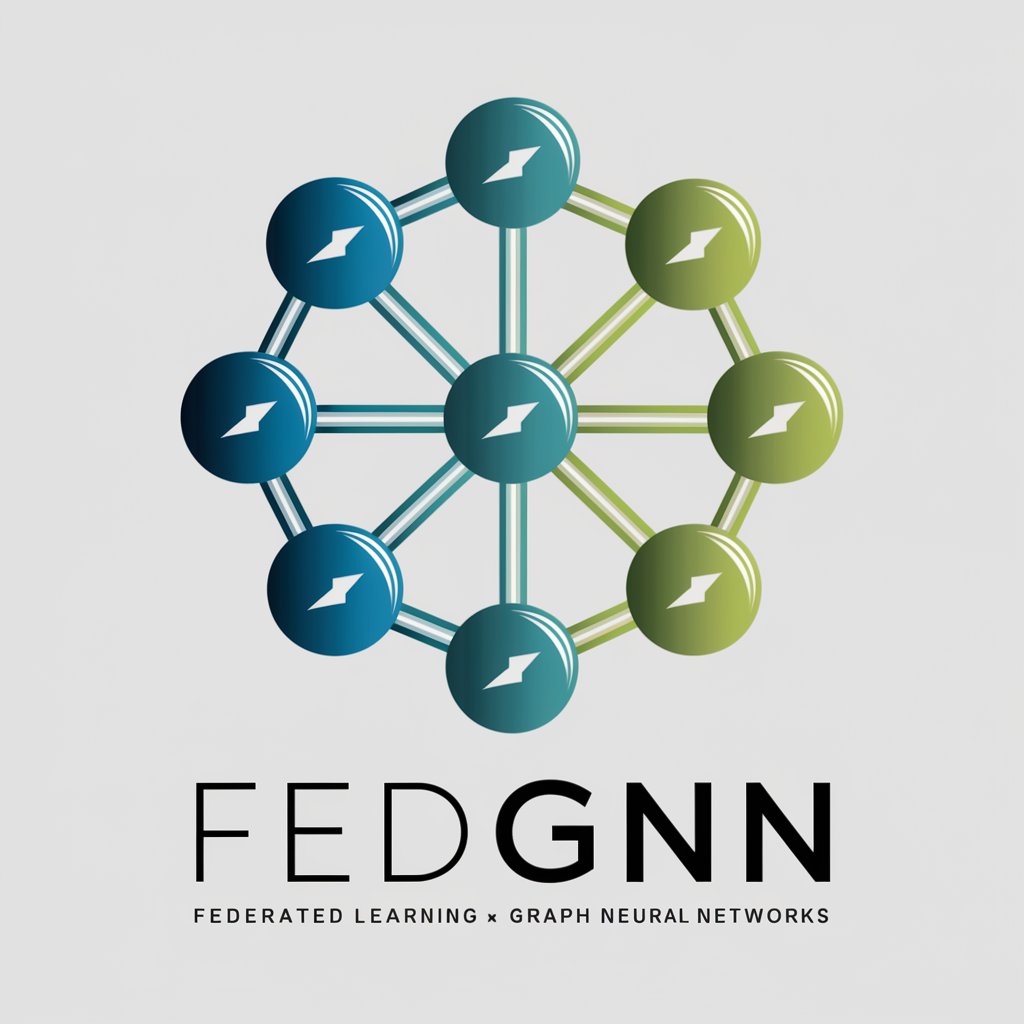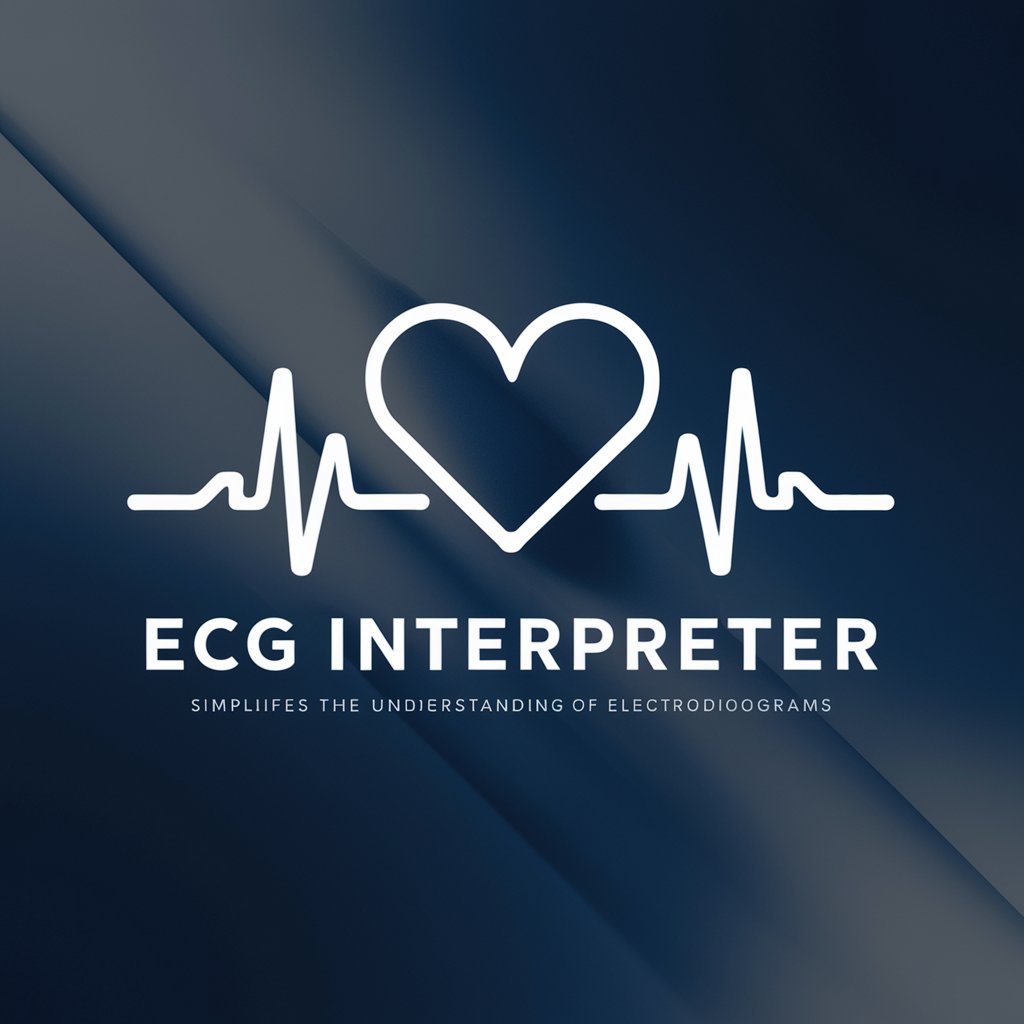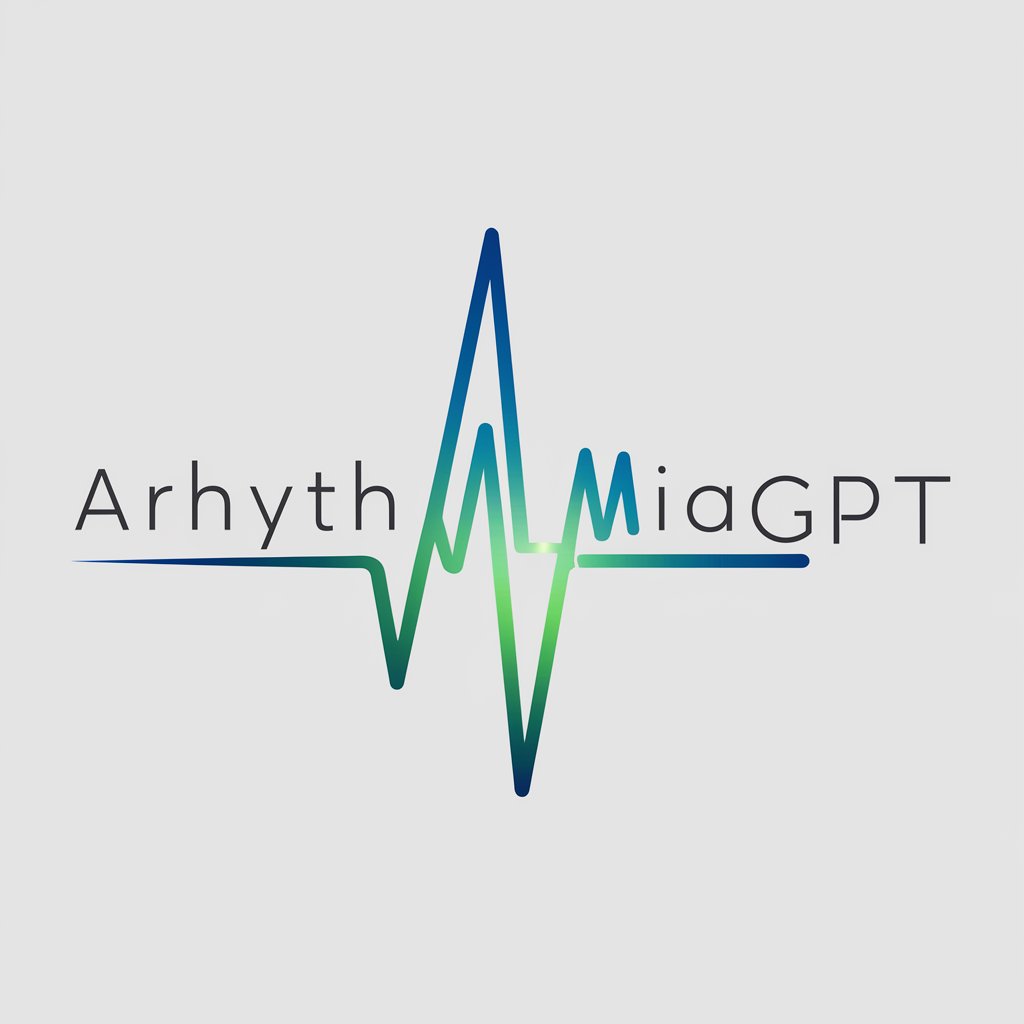FedGNN - Federated GNN Tool

Welcome to FedGNN, your guide to federated learning and GNNs.
Unlocking insights with federated graph learning
Explain the importance of federated learning in modern AI applications.
Describe the architecture of a GraphSAGE model.
How does federated learning enhance data privacy in distributed systems?
What are the challenges of predicting power load using GNNs?
Get Embed Code
Introduction to FedGNN
FedGNN, short for Federated Graph Neural Network, is an innovative approach designed to predict electric power loads by leveraging the distributed data stored across various clients without compromising data privacy. This method is rooted in the combined strengths of federated learning and graph neural networks (GNNs). Federated learning enables model training across multiple decentralized devices or servers holding local data samples, without exchanging them. This ensures data privacy and security by design. GNNs, on the other hand, excel in processing data structured in graphs, capturing the complex relationships and interactions within the electrical grid's topology. An exemplary scenario illustrating FedGNN's application involves multiple electric utility companies wishing to enhance their power load forecasting accuracy. These companies, each possessing localized data regarding their respective regions' electric load, collaborate to train a collective model. By doing so, they benefit from the aggregated knowledge derived from the entire network without directly sharing sensitive data. This federated graph-based model accurately predicts load demands by understanding the interconnected nature of the power grid, thereby optimizing electricity distribution and enhancing grid stability. Powered by ChatGPT-4o。

Main Functions of FedGNN
Data Collection and Normalization
Example
Collecting and normalizing electric power load data from smart grids across different regions.
Scenario
Utility companies collect diverse data, including load demands, weather conditions, and industrial outputs. This data is normalized to ensure consistency and prepare for further processing, enabling a comprehensive understanding of power usage patterns.
Graph Construction and Feature Aggregation
Example
Building a graph structure that represents the electric power system and aggregating neighbor features using GraphSAGE.
Scenario
Each utility company constructs a local graph where nodes represent transmission towers, and edges denote the power lines between them. Using GraphSAGE, a GNN architecture, features from neighboring nodes are aggregated to capture the local structural information within the electrical grid, facilitating the identification of critical load influencers.
Federated Learning on Super Nodes
Example
Forming super nodes through feature fusion and training a federated model across multiple clients.
Scenario
Utility companies identify key subgraphs within their local graphs, which are then fused into super nodes that encapsulate essential structural and feature information. These super nodes are used in a federated manner to train a global model that predicts electric power loads with high accuracy, leveraging cross-regional insights without exchanging raw data.
Global Graph Model Construction
Example
Creating a global graph structure by linking super nodes across clients and optimizing the model through edge pruning based on Pearson correlation coefficients.
Scenario
The federated model constructs a global graph by connecting super nodes from all participating clients, simulating inter-regional interactions. The model is refined by selectively pruning edges, focusing on the most significant connections to enhance prediction accuracy. This process allows utility companies to leverage collective intelligence for optimal load forecasting.
Ideal Users of FedGNN Services
Electric Utility Companies
These entities manage vast and complex power grids, constantly seeking accurate load forecasts to optimize electricity distribution and reduce operational costs. FedGNN's privacy-preserving, federated approach allows them to collaboratively improve forecasting models without exposing sensitive data, making it an ideal solution.
Smart City Planners
Urban developers focusing on smart city initiatives require precise electricity demand predictions to ensure grid stability and integrate renewable energy sources efficiently. FedGNN enables them to model the city's electrical load dynamics using data from multiple utilities and sensors while maintaining data privacy.
Energy Researchers and Analysts
Experts in energy research can utilize FedGNN to study and predict power consumption patterns across different regions without direct access to proprietary or sensitive utility data. This aids in developing more sustainable and efficient energy management strategies.

How to Use FedGNN
1
Start by visiting yeschat.ai to get a free trial of FedGNN without needing to log in or subscribe to ChatGPT Plus.
2
Review the documentation and tutorial materials provided on the site to understand the functionality and architecture of the FedGNN.
3
Set up your data according to the format required by FedGNN, ensuring it aligns with the network's graph-based input structure.
4
Use the interface to upload your data and configure the FedGNN settings according to your specific predictive or analytical needs.
5
Execute the model training process and analyze the output, utilizing the tool's visualization and reporting features for interpretation and evaluation of results.
Try other advanced and practical GPTs
Ribamar Adv
Empowering Legal Solutions with AI Expertise

AIgichians | Pastor Ribtickler ⛪🛐✝️
Your digital cleric for light-hearted confessions

Frogify Ribbit Ribbit Conversion
Leap into creativity with AI-powered froggy fun!

Ribs Maker
Build Muscle, Lose Fat with AI

Finite Geometry Guide
Exploring the intricacies of finite geometry with AI

Protective Seoulmate
Your AI-powered cultural and emotional guide.

PORC Companion
AI-powered coding precision for credit union systems

ECG for medical students
Decipher ECGs with AI-Powered Insights

ArrhythmiaGPT
Transforming ECG Analysis with AI

Freudian analysis of dreams
Uncover your unconscious with AI

Inner Communication
Empowering emotional intelligence with AI.

Coke Machine
Refreshing Conversations, Fueled by AI

Detailed Q&A about FedGNN
What is the primary purpose of FedGNN?
FedGNN is designed to facilitate federated learning on graph neural networks, primarily for scenarios like electric load prediction where data is distributed across different regions or nodes, and privacy or data security is a concern.
How does FedGNN handle distributed data?
FedGNN processes distributed data by constructing local graph models at each node and then aggregating these to form a global model, allowing it to learn from the entire network's data without compromising individual data privacy.
Can FedGNN be used for real-time data processing?
While FedGNN is mainly designed for batch processing of distributed data, its architecture allows for incremental updates, making it adaptable for near real-time processing if integrated with streaming data pipelines.
What kind of data is suitable for FedGNN?
FedGNN is suitable for data that can be represented in a graph structure, such as social networks, supply chains, and electrical grids, where nodes and edges represent entities and their relationships respectively.
How does FedGNN ensure the accuracy of predictions?
FedGNN uses advanced graph neural network techniques, like GraphSAGE, to learn comprehensive representations of data. It integrates multiple layers of feature extraction and aggregation, ensuring the model captures the essential patterns for accurate predictions.
